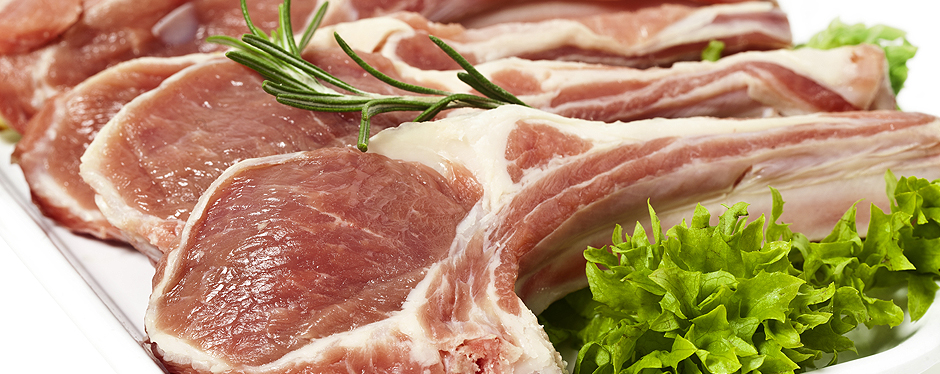
When the World Health Organisation (WHO) last month declared that processed meats such as bacon, sausage and ham cause cancer and red meats were probably carcinogenic, social media in Australia went in to meltdown.
Not because people were upset they had been lied to, or there was some major health crisis that emerged due to poor management or lack of governance, but because people love bacon, they love sausages and they absolutely are fanatical about a lamb roast, or a tender, succulent scotch fillet.
Whilst America has experienced a steady decline in meat consumption over the last decade, Australians, against the trend in developed countries, have increased theirs dramatically.
The Organisation for Economic Development and Co-operation and Food and Agriculture Organisation of the United Nations indicate that Australians are the biggest meat eaters in the world. In 2014 alone, Australians consumed 90.21 kilograms of meat per person annually, that’s 170 grams more than our oversized American cousins.
So it was no real surprise that within 48 hours of this global health announcement rocking the foundations of some of the worlds largest protein producers, that Australians put aside their issues swiftly and got on with their lives, one BLT at a time.
To their credit, Meat and Livestock Australia initiated a textbook crisis management strategy. They addressed the issues head on, on the basis that this was an important discussion around health and nutrition.
They espoused the virtues of red meat in moderation as a valuable source not only of protein but also micronutrients such as iron, zinc and vitamin B12, and they wheeled in the expert scientists to defend and promote the important role of red meat in any diet.

But I can’t help thinking the meat industry as a whole, dodged a bullet with this announcement. Here was some compelling evidence that too much red meat and particularly processed meat, is bad for you, and as a country, we eat more of it than anyone else in the world.
So what can our industry do to protect its brand and predict evolving consumer attitudes and behaviors, along with changing marketplaces, that until now, have experienced minimal disruption or structural change?
Although new markets like China and India have insatiable appetites for our fresh, clean and mostly healthy produce, trends in developed countries clearly indicate that we need to be smarter about how we position meat consumption in moderation and in the context of todays health expectations. Leaner cuts, research on dietary fibre intake offsetting cancer risk, animal husbandry and welfare standards, environmental stewardship and most importantly, how to present, market and position red meat, will be some of the most important considerations for our meat industry to remain competitive beyond the predicted protein boom of the next decade.
To think we can keep producing beef, lamb, pork and chicken the same way, at the lowest possible cost, in order to secure the lion share of protein volume from New Zealand, Brazil and the US is farcical.
We need to be innovative, agile and creative in order to stand out and we need to do it now, whilst we still have the support and appetite of Australian consumers.
Although a vastly different industry, Victoria’s Cabbies found out the hard way about how a market can be disrupted quickly and win over a newly framed customer following the launch of Uber in 2012.
To passengers, Uber is essentially synonymous with taxis, and to drivers, it’s basically a referral service. The Android, iOS and Windows Phone app connects riders with drivers using their phone’s GPS capabilities, letting both parties know one another’s location and removing the question of when the ride will actually arrive.
In addition, the tech company also processes all payments involved, charging the passenger’s credit card, taking a cut for itself (which ranges from 5% to 20%), and direct depositing the remaining money into the driver’s account, all in the background and completely cashless. Uber is now one of the most dominant taxi services in Australian capital cities and since January 2015, has grown 700%.
Last month, Victoria’s cabbies launched a social media campaign with the hashtag #YourTaxis, designed to promote the industry. It was meant to help restore the diminishing reputation of yellow cabs and rebuild trust in their service.

Instead, it delivered an uncomfortable stream of unsupportive stories from dissatisfied customers. They misread the market, their loyalty and critically, the timing of the campaign.
The WHO announcement last month provided the Australian meat industry with a glimpse of the future of the meat industry and a warning about tomorrows consumer. Those that leverage Australia’s current reputation and differentiate on the basis of health and welfare will not just sure up a single commodity market such as China, but also the premium market of the developed world.
Check out Jim Gall’s final word in the ‘Decision Ag’ Magazine, published bi-monthly in The Weekly Times.
